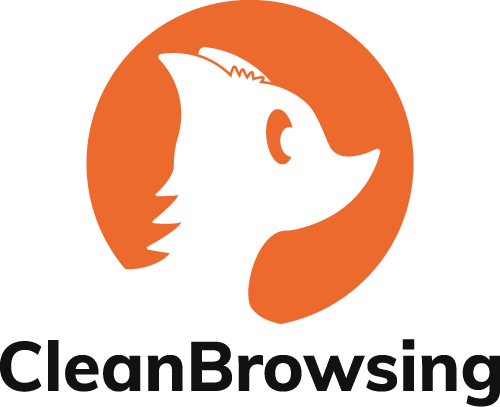We built CleanBrowsing to provide our kids with a set of guard rails while online. Since, the service has grown organically to over 5 billion requests a day, being used by large enterprises, parents, and everything in between. Through this process, we have been intimately familiar with the ongoing debate around the effectiveness of internet filtering.
Most recently, we were reading a great article by Barb Winters with Hopeful Mom, Do Internet Filters Really Prevent Children from Seeing Pornography? She best articulates our same position on this subject:
Are internet filters foolproof? Nope. Is there a work around? Definitely. But, like the fence, filters act like a deterrent and safeguard. While they can be “jumped,” our children will need to pause and think about their actions.
Success Comes with a Hollistic Approach To Safe Online Experiences.
We built CleanBrowsing with the aspiration of providing the most comprehensive filtering for adult pornography and obscene content on the market. Mainly because others stopped caring. In the process, we also realize that the landscape is very complex and many variables exist. Our filtering works extremely hard to find and close holes we can control within our domain, but the technology ecosystem is so diverse these days that there are some holes that are just outside of our reach and require a joint partnership with users to provide the environment that fits their desired experience.
The most effective solutions we have seen deployed are usually ones in which CleanBrowisng is a complimentary solution to a more robust configuration. Whether a parent or a school administrator, those that take a proactive, holistic, approach to create a safe online experience find the most success.
What does this mean? Here are a couple of ways to think about it:
| Group | Discussion |
|---|---|
| Parents | Filtering in this day and age expands well beyond the browser. Pornography is prevalent across multiple platforms and technologies As a parent, we have to be realistic about what we, as parents, can control. For example, does your child have a phone? Do they have their own laptop? Are they able to connect public hotspots? Can you stop them from using a friend’s device? |
| Schools | Kids get a kick out of bypassing systems. We did it when we were younger, this is going to be par for the course. Does your content filtering strategy include an approach that includes managing devices directly? If so, what are you using? How are those devices being hardened? How are you accounting for devices that come to your network (i.e., BYOD)? |
For us, we approach filtering with this basic understanding that as our kids get older things will get harder for us to control. So, instead, focus on those things we can control, and similar to Mrs Winters, we create deterrents on our networks. If you’re going to use what we offer, you are going to have to work to get to the things you should not have access to.
We recognize that this is not the same for everyone. Some users prefer absolute control, and in those instances, you have no choice but to realize that you will require more than one solution and in some instances, you might find solace in not letting them get online at all (i.e., this means no TV, video games, no laptops, no phones, no smartwatches, no online research, etc..). This is, however, is not realistic for most of society but it is the most practical way of providing absoluteness in this context.
Content Filtering w/CleanBrowsing
CleanBrowsing provides a cost-effective DNS-based Content Filtering service that blocks access to unwanted content like malicious sites and online pornography. Pricing
